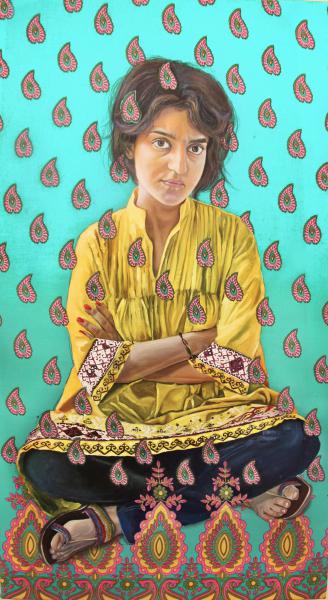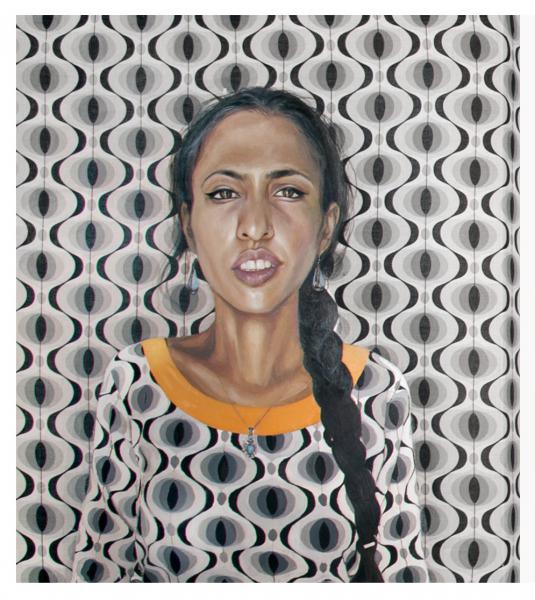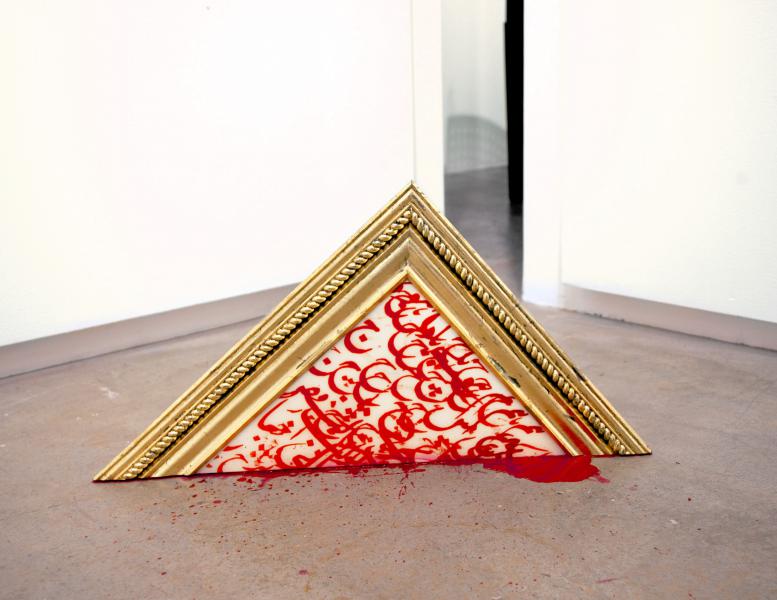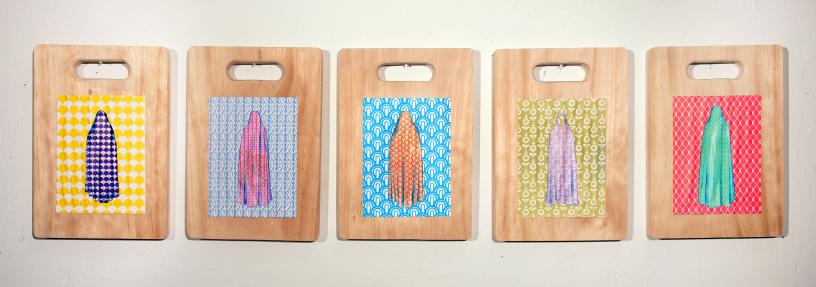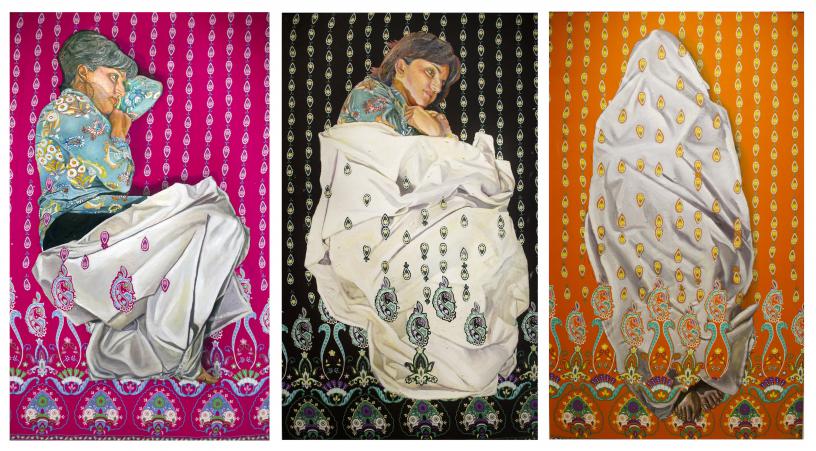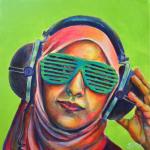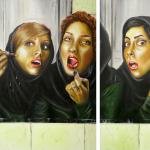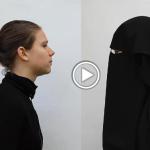When Pakistani artist Sausan Saulat came to the US, she was expected to make art based on her identity as a Pakistani, a Muslim, and a woman. Her series "This, That and the Other: Occidental Accidents" explores notions of identity, baggage, and self-expression.
Women artists of Middle Eastern origin are expected to explore issues of alienation and otherness in their work, says Ana Finel Honigman in her book "Against the Exotic." But she wonders, what happens if they don’t?
When I came to the US three years ago from Pakistan, my choice to use seemingly Western imagery in my art was questioned. "What was inherently Pakistani about the works?" some asked, as though there was some kind of formula to isolate the Muslim ingredient and the female ingredient. Whatever happened to transcending boundaries with literature and art?
This, That and the Other: Occidental Accidents talks of separation, alienation and belonging. The pieces each flirt with notions of identity in light of orientalism by exploring the female form, politics of gender and markers of difference such as garment, jewelry and the more covert nuances of language.
Using the body as metaphor to navigate physical and psychological spaces, the figurative renditions reference an over-identification with biography, implications of cultural baggage, and a reduction of self to oversimplified binary oppositions. What began as an exercise to both chronicle and demystify my own experience of being away from home and examining the Eastern discourse in a predominatly Western context became a larger dialogue that spoke of departure, transcendence, memory and loss. Dealing with the deconstruction of narratives while negotiating the personal and the collective, the ideas underscore paradoxes that shape my understanding of notions of home and of an identity in flux.
- Log in to post comments

